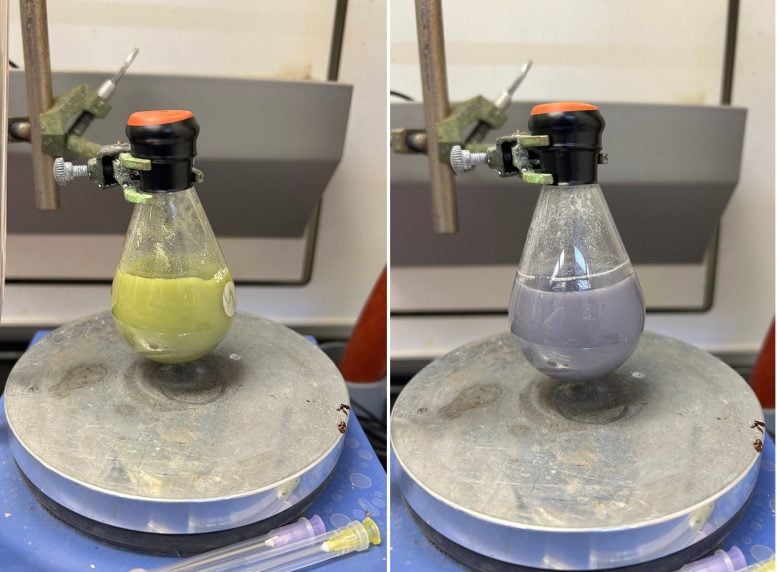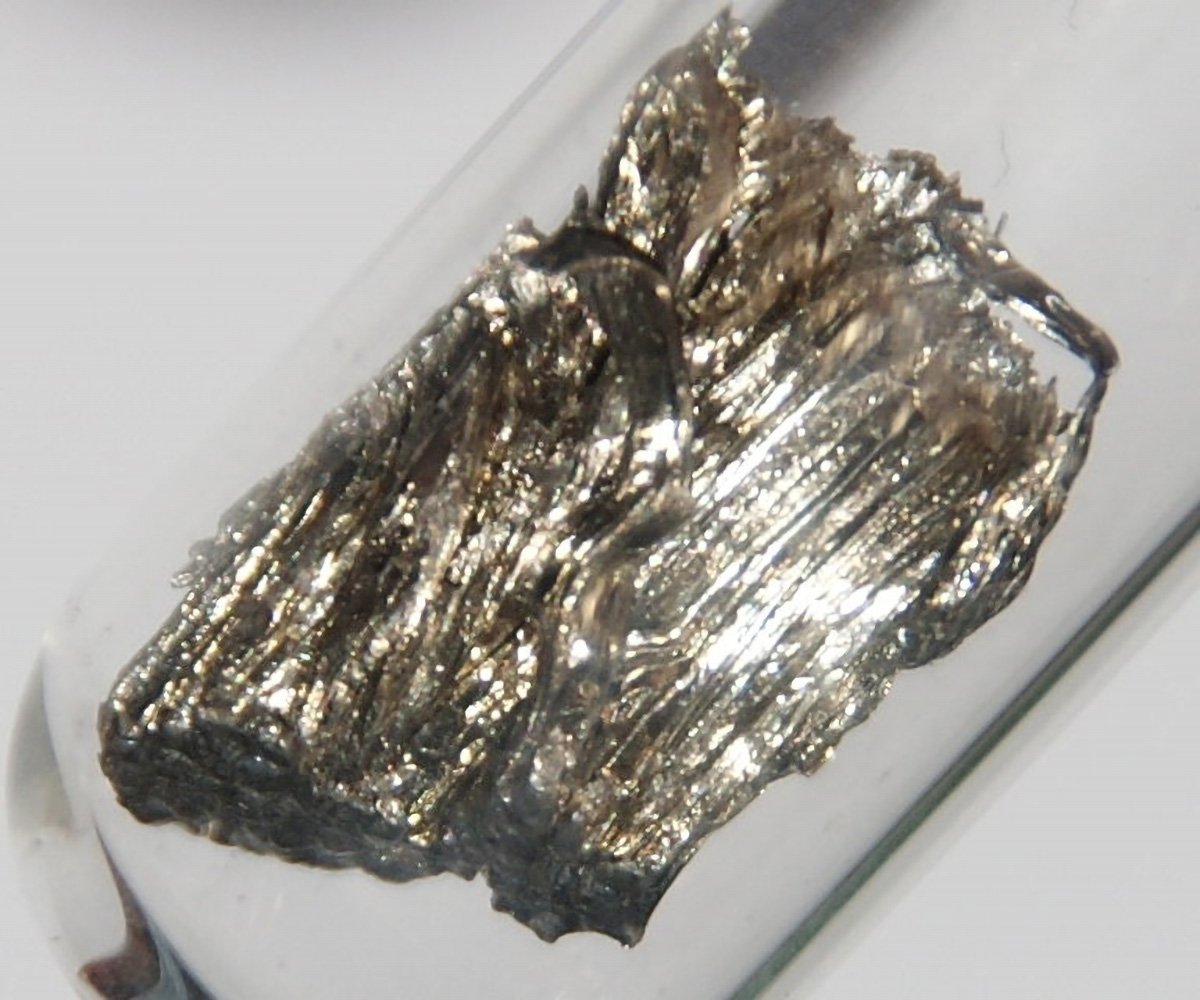Scientists have developed a method to recycle a widely used reagent in synthetic chemistry reactions.
Samarium, a metallic element, plays a crucial role as a chemical reagent in synthesizing molecules that could pave the way for new pharmaceuticals. It was first discovered in a Russian mine in 1879 and was named after the mineral samarskite, which, in turn, was named in honor of Russian mining engineer Vassili Samarsky-Bykhovets. Among the various samarium compounds, samarium diiodide is the most widely used reagent, comprising one “Samarium diiodide has been used in academia for the synthesis of natural products like taxol, an anticancer agent, but the reagent is not practical for creating products like this on industrial scales,” says Reisman. “The breakthrough is that now we can translate some of these interesting reactions into process development or discovery.” The samarium reagent has been limited to lab use due to a pesky samarium–oxygen bond that forms during the reactions and renders the chemical inactive. “It’s been very difficult to recycle samarium back to its active state until now,” explains Caltech graduate student Emily Boyd who works in the lab of Jonas Peters, Bren Professor of Chemistry and director of the Resnick Sustainability Institute at Caltech. Boyd and Shin are co-lead authors of the new study. “The reagent often ends up with a very strong samarium-oxygen bond that is hard to break and makes it difficult to recycle the reagent,” she says. In other words, the oxygen bond leads to a dead-end for the reaction. “It’s like the samarium reagent becomes lazy, sitting on a couch and doesn’t want to do work,” Shin says. “It’s very comfortable in this state and wants to stay that way,” Boyd says. “So, we experimented with different acids to cleave the samarium-oxygen bond and get the reagent back to work.” Previous attempts to break this samarium–oxygen bond have required the use of harsh chemicals. In the new study, the researchers were able to cleave the bond using a mild DOI: 10.1126/science.adp5777 The study was funded by the National Science Foundation and the 
Limitations and Innovations











/https://tf-cmsv2-smithsonianmag-media.s3.amazonaws.com/filer_public/34/31/3431771d-41e2-4f97-aed2-c5f1df5295da/gettyimages-1441066266_web.jpg)






Discussion about this post